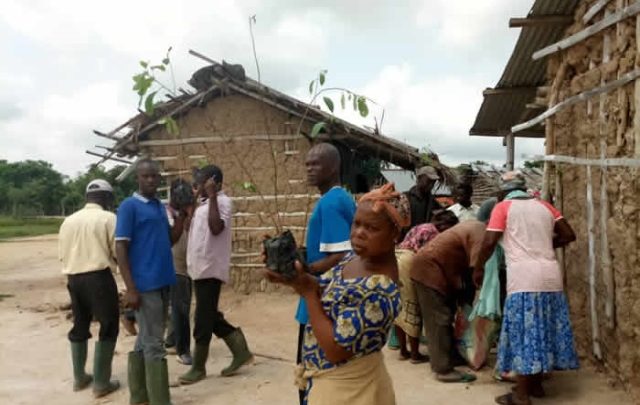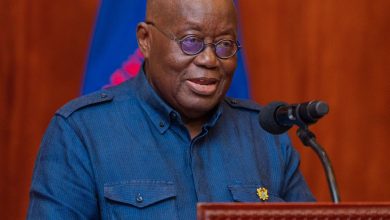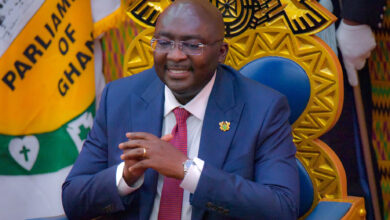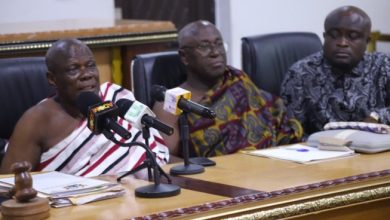Ashanti Region: CCCFS plants trees to save dying cocoa trees, protect ecology

Ghanaian-based non-governmental organization (NGO), Centre for Climate Change and Food Security (CCCFS), has begun the second phase of a piloted tree planting program at Timeabu in the Ashanti Region to save dying cocoa trees and protect the ecology from devastation.
Cocoa trees in the farming community have experienced some levels of devastation as a result of bad weather and poor rainfall patterns.
A farmer, Nana Dasebere Boama Darko, believes the tree-planting exercise will provide protection against the severe weather conditions when the trees grow.

The exercise is being supported by senior research officers, Mr. Fuad Mohammed and Mr. Abednago Asante, both staff of the Ghana Cocoa Board.
The tree planting exercise is one of the many activities outlined to complement efforts by rural farmers to contribute towards government’s cocoa production target of over one million tonnes of cocoa within four years.
A similar project is expected to be carried out in many communities across the country in the coming months.
This is the third time researchers at the centre have visited the farming community to plant and monitor the growth of trees planted six months ago.
Since December 2017, two-hundred trees have been planted in the community in addition to a sensitisation drive on best farming practices.
“Protecting the ecology is very important. We are likely to live a shameful [legacy] if trees continue to die every day,” Executive Director of the centre, Mahmud Mohammed-Nurudeen, tells media men.
Mohammed-Nurudeen says “planting of trees is also to sequester carbon, and helps to remove carbon dioxide from the air, which cools the earth.”
The carbon storage capacity of forests is about three times as large as the pool of carbon in the atmosphere.

If forests are reduced, or eliminated, he says, the captured carbon goes into the atmosphere as carbon dioxide.
“Every year we cut down over 50,000 square miles of forest worldwide for paper, agriculture, building materials and fuel. That’s an area the size of the state of Alabama! In fact, every year! Isn’t that sad? We should be worried as people,” he reiterates.
A large body of research points to the fact that carbon dioxide produced due to deforestation accounts for 25 to 30 per cent of the four to five billion tonnes of carbon accumulating every year in the atmosphere.
Bureau Chief of Climate Change Reporters in Ghana, Kofi Adu Domfeh, emphasises the need to plant trees at all cost.
“What you may not know is that trees also build soil and offer energy-saving shade that reduces global warming,” he says.
Domfeh says, “we want to create a habitat for thousands of different species and also help to reduce ozone levels.”
Farmers who benefited from the tree-planting exercise expressed their excitements and promised to provide them with the needed nutrients to grow.
The centre aims to provide enabling an environment for all species, make issues of food security relevant and tackle climate change head-on to make Ghana better place to live.
Last year, CCCFS started “climate talk program” in both tertiary and secondary schools in the country.
The talk is aimed at sensitising students and encourage them to take environmental issues seriously.
Another event that has caught the attention of Ghanaians was the launch of a campaign against food wastage and overeating in the upper west region.
Source : Myjoyonline





